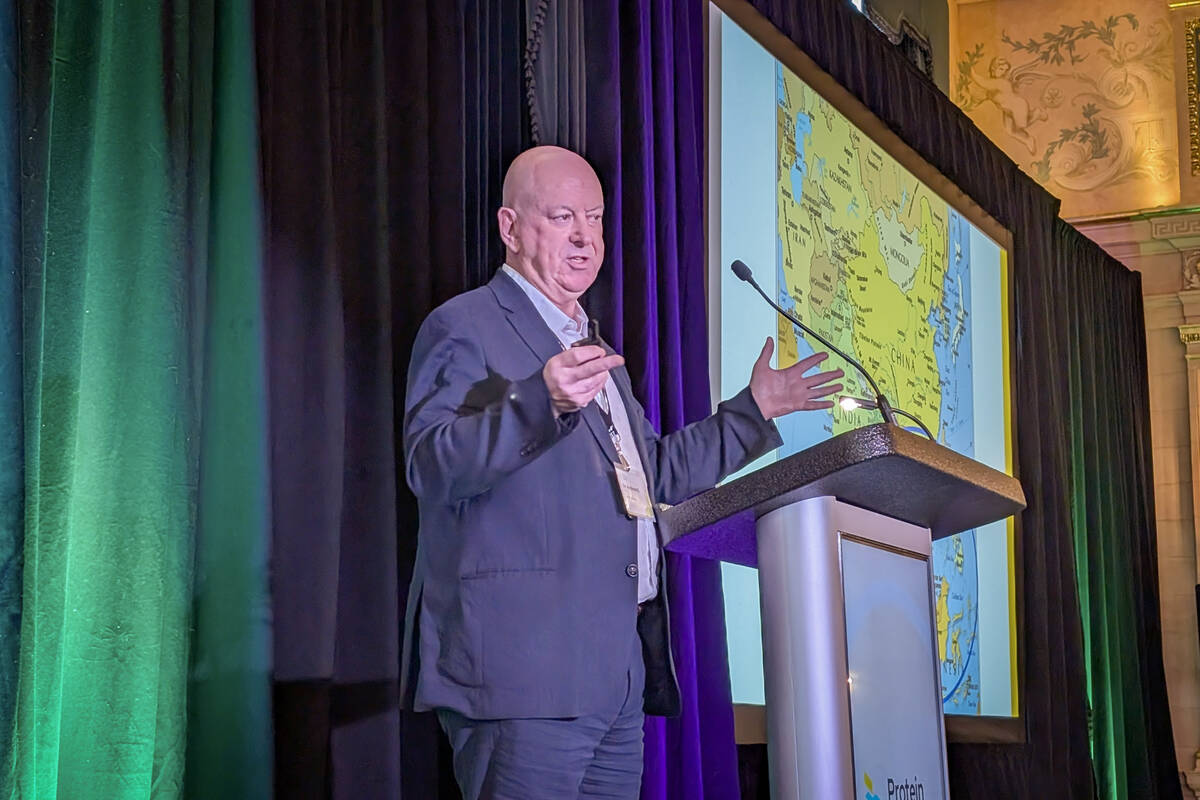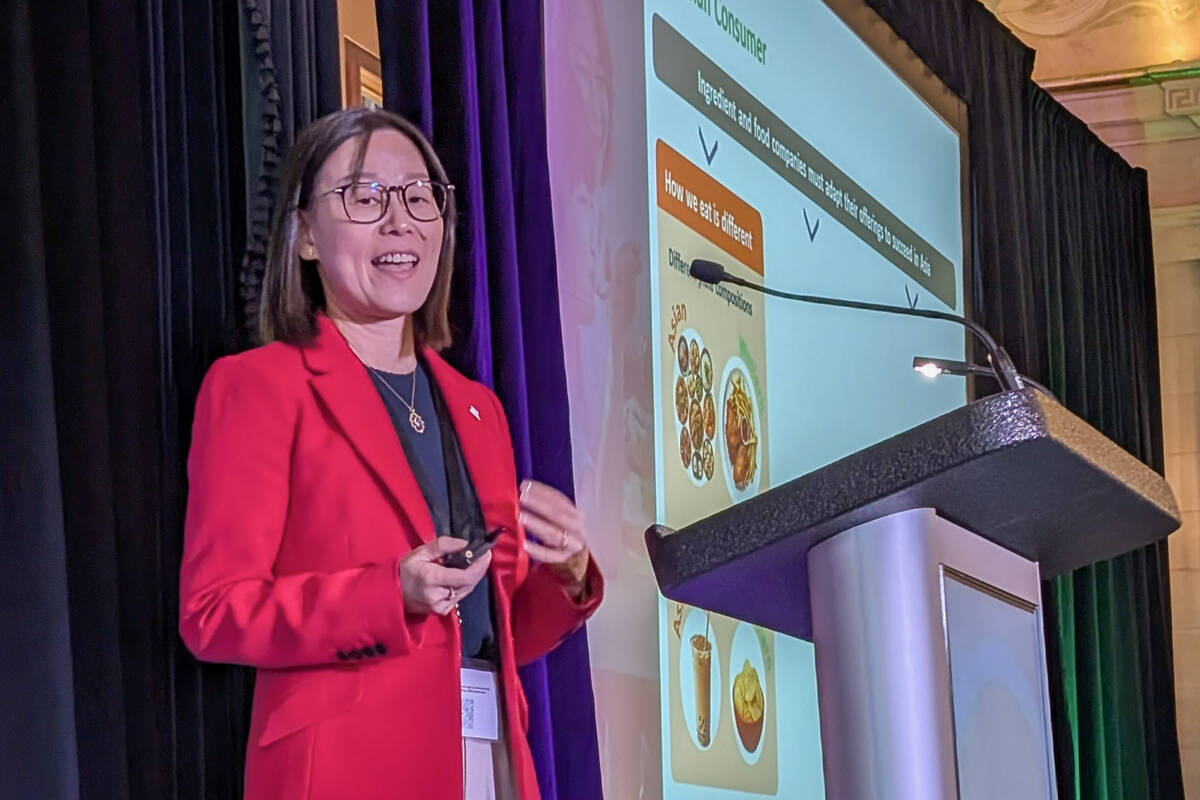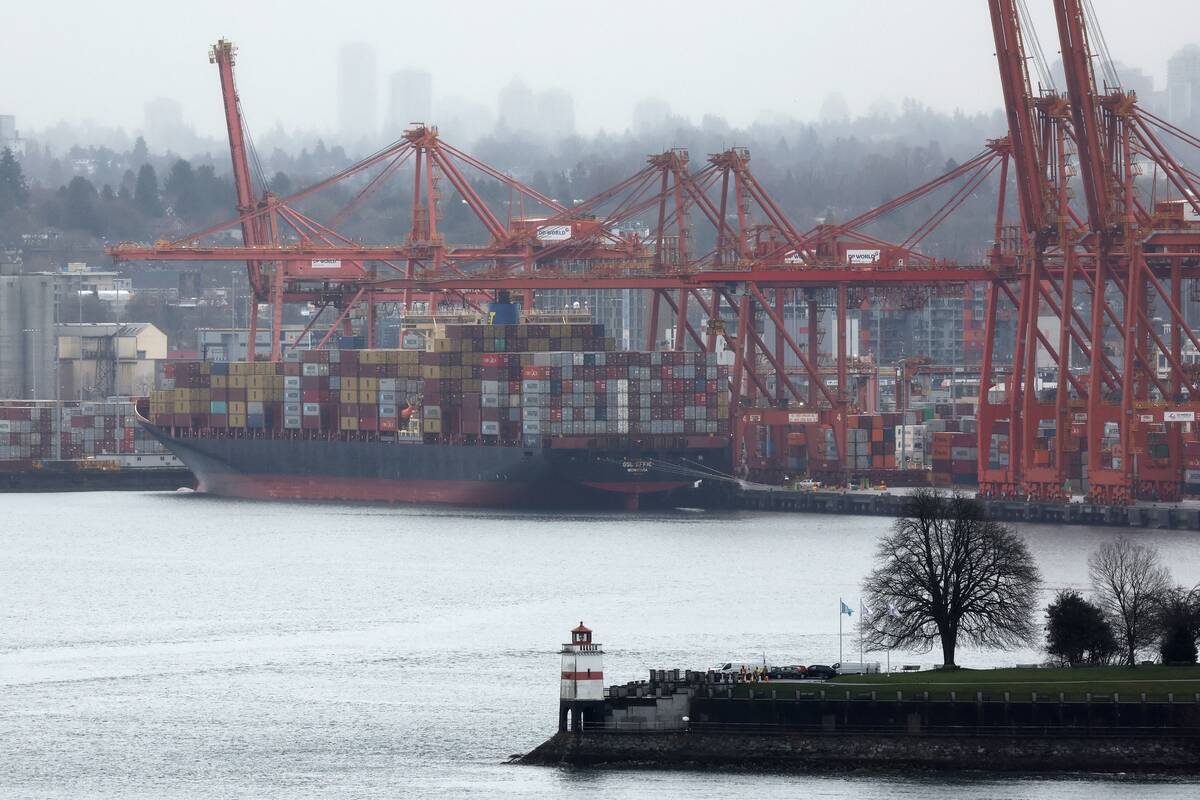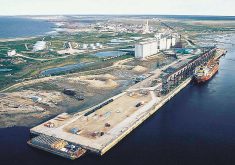Canada and Canadian businesses need to maintain a consistent presence for trade with southeast Asia to thrive, say two experts from the region.
“It must be sustained. You can’t come on a Team Canada mission and come back in two years time,” said Andrew Powell.
Powell, the chief executive officer of Singapore-based consultancy firm Asia BioBusiness, spoke at a workshop on breaking into the Asia-Pacific market at Protein Industries Canada’s annual conference in Winnipeg Sept. 24.
Read Also

Fibre and fabric art shines in Manitoba
Manitoba’s fibre and textile artists are showing off their wool, thread and other material skills in MacGregor in November 2025.
WHY IT MATTERS
Canada has made much of its trade hopes in southeast Asia, especially as relationships with more established trading partners have soured.
The Association of Southeast Asian Nations (ASEAN) comprises the Philippines, Singapore, Thailand, Indonesia, Vietnam, Malaysia, Cambodia, Myanmar, Laos and Brunei. Together, they represent one of the fastest-growing markets worldwide.
The region’s agri-food imports from all trading partners grew by an average of US$65.9 billion to $116.8 billion, or about six per cent per year, according to a 2023 report from the Canada-ASEAN Business Council.
Canada underperforms
However, Canada’s trade with ASEAN has fallen short of its potential, the council said. It called trade negotiations with ASEAN and Indonesia a crucial first step, but also called for a more comprehensive strategy.
Canada launched the Indo-Pacific Strategy in late 2022 and the ASEAN-Canada Strategic Partnership in late 2023. Canada also opened its Indo-Pacific Agriculture and Agri-Food Canada office in Manila, in the Philippines, in February of 2024 — a move that was praised by agricultural groups.
In late September 2025, Canadian and Indonesian governments signed the Comprehensive Economic Partnership Agreement (CEPA) trade agreement. Canada’s international trade minister Maninder Sidhu said bilateral trade with the Asian country could double within six years.
Sustained, targeted effort
“We just haven’t had that sustained commitment over the last 20-30 years I’ve been in the region,” Powell said.
“One minute we’re focused on China, next minute we’re focusing on Eastern Europe or European markets.”
Without a sustained commitment, said Powell, Australia will out-compete Canada.

Building a presence in the region requires regular, face-to-face meetings, he noted. Relationships must be maintained with visits every three to four months to ensure visibility. Face-to-face meetings are the only thing that will work.
“When you come out to Asia, you’ll be having the red carpet rolled out for you,” he said. “But as soon as you get off that carpet and come back home, that’ll be rolled up.”
“You’ve got to come back regularly, stand on that carpet … so it’s always in place for you.”
When you’re not there, you can employ people to keep up your visibility, Powell added.
Build a Canadian brand
“Bring the awareness of the Canadian products and crops and the technologies in front of the Asian consumer,” suggested Xiuling Guo.
Guo is chief executive officer of Nurasa, a Singapore-based food innovation and commercialization firm. This August, Protein Industries Canada inked a deal with Nurasa to help Canadian companies break into the Asia-Pacific market.
“They need to see you often,” she said.

In her view though, this doesn’t necessarily mean physical travel to the region. Rather, Canadian businesses need to work on branding and marketing.
Australian agriculture isn’t better or more efficient than Canada’s, said Guo. However, Asian consumers have a “nice perception of the Australian-made products.”
Canadian companies need to think about what image they want Asian consumers to associate with Canada, she stressed.
Think beyond trade
Canada also needs to think beyond trade and get deeper engagement in the region, said Powell.
“The Brits do it, the Aussies do it, the Kiwis do it, the Europeans do it,” he said.
For instance, Canada can support the regulatory environment in the region. The Canadian Food Inspection Agency (CFIA) is doing this through Canada’s Manila office, Powell noted.
Canada can also look to support technology adoption and to build research and development partnerships, he added.
















